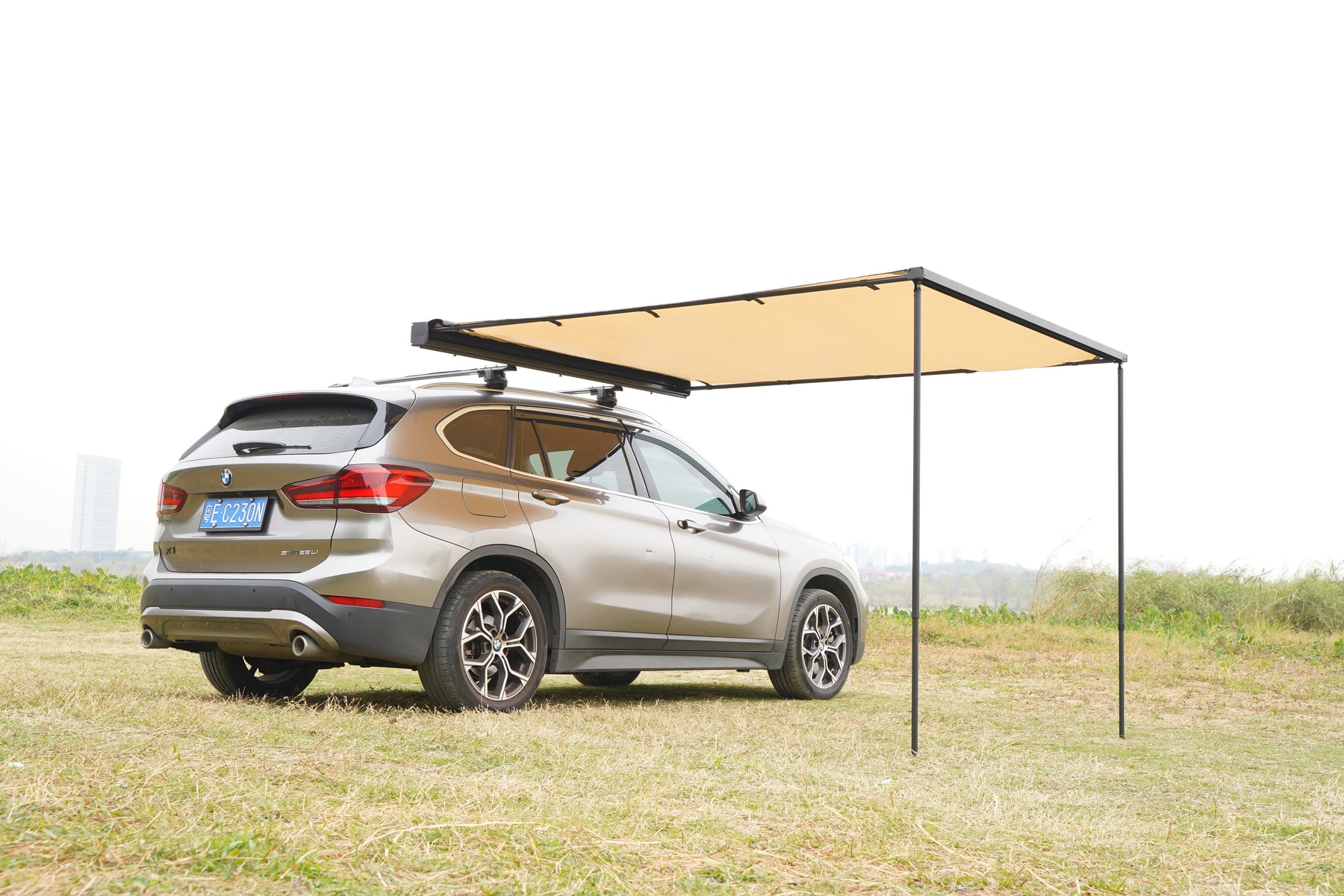
Off Road Driving Basics: Fundamental Skills for Trail Driving
Off-road driving is an exhilarating adventure, offering a break from traditional roads and a chance to experience nature like never before. However, it requires a different skill set compared to regular driving. Whether you're a seasoned driver or a beginner, understanding the basics of off-road driving is essential to ensure safety, confidence, and fun on the trails. This guide will cover the core skills and tips every off-roader should know, so you can tackle trails with ease.
Understanding Your Vehicle
Before hitting the trails, it's crucial to understand your vehicle's capabilities and limitations. Not all vehicles are made for off-road driving, so knowing whether your ride is equipped for off-road conditions is the first step. Look for vehicles with higher ground clearance, four-wheel drive (4WD), and strong tires designed for rough terrain. If you're using an off-road vehicle like an SUV or a dirt bike, make sure it's well-maintained, with a focus on the suspension and tires to handle bumps, rocks, and uneven surfaces.
For example, the way your vehicle moves through sand is very different from how it handles rocky or muddy surfaces. It’s important to practice in different conditions before you head out to more challenging terrains.
Know the Terrain
Different terrains require different driving techniques. Whether you’re driving on sand, mud, gravel, or rocks, each type of surface presents unique challenges. Here’s a quick overview of the key terrains and how to handle them:
Sand: Keep your tire pressure low to increase traction, and avoid sudden acceleration or braking. Smooth and steady movements are key.
Mud: Engage 4WD and keep momentum steady. Sudden stops or sharp turns can cause you to get stuck.
Rocky Trails: Approach rocks at a slow speed, using careful throttle control to maintain traction. It’s also important to use the appropriate gear to prevent your vehicle from getting bogged down.
Gravel and Dirt Roads: These surfaces provide less grip, so it’s crucial to maintain a steady pace and avoid sharp turns at high speeds.
Understanding how each surface affects your vehicle’s handling will help you stay in control, avoid damage, and navigate trails safely.
Master Basic Off-Roading Techniques
Off-road driving is about making adjustments based on the trail's conditions and using the right techniques. Here are some key skills to master:
Throttle Control: In off-road situations, smooth throttle application is essential. Sudden acceleration can cause loss of traction, so gradual increases in speed help maintain control, especially when climbing hills or tackling obstacles.
Braking: Off-road brakes are different from on-road brakes. Avoid heavy braking, especially on loose or uneven surfaces. Light and controlled braking is key to preventing your vehicle from sliding or losing control.
Hill Climbing and Descending: When climbing steep hills, shift your vehicle into lower gears to maintain momentum without over-revving the engine. When descending, avoid using only the brakes. Instead, use engine braking to control your speed and reduce the risk of sliding.
Cornering: Off-road turns require a different approach compared to paved roads. Slow down before the corner and make smooth, gradual turns. Avoid sharp, fast turns that could cause you to lose control on loose terrain.
Handling Obstacles
Trails often come with natural obstacles like rocks, fallen trees, or steep inclines. Here’s how to handle them:
Rocky Terrain: Take your time and carefully assess your line. Avoid placing the vehicle in a position where it could get stuck. Approach obstacles at an angle to avoid damage to the underside of your vehicle.
Water Crossings: When driving through streams or shallow water, test the depth first. Avoid driving through deep water, as it could damage your vehicle’s electrical systems or engine. Keep your momentum steady as you cross to avoid getting stuck.
Mud: When you hit a muddy patch, stay calm and avoid spinning your wheels. Keep a steady throttle and let the tires do the work. If you’re stuck, use a tow rope or traction mats to get out.
What You Need to Know
Safety is paramount when off-roading, and there are several precautions you should take:
Prepare for Emergencies: Always carry a spare tire, jack, recovery straps, and a first aid kit. These are essential in case of breakdowns or accidents on the trail.
Travel with Others: Off-roading is safer when you’re not alone. If you get stuck or face an emergency, it’s helpful to have others around who can offer assistance or help pull you out.
Check Weather Conditions: Bad weather can quickly turn a fun trail ride into a dangerous experience. Always check the weather forecast before heading out and be prepared to turn back if conditions worsen.
Know Trail Etiquette: Respect other off-road drivers, wildlife, and the environment. Stay on designated trails to avoid damaging ecosystems, and always clean up after yourself.
Final Thoughts
Off-road driving is a thrilling way to explore nature, but it comes with its own set of challenges. By mastering basic skills like throttle control, braking, and obstacle handling, you can navigate the toughest trails with confidence. The more you practice and learn about your vehicle, the better you’ll become at tackling new terrains and overcoming obstacles. Stay safe, respect the environment, and enjoy the adventure.
FAQs
How do I choose the right off-road vehicle?
Look for a vehicle with four-wheel drive, high ground clearance, and rugged tires. Ensure it's suited for the type of terrain you plan to drive on.
What should I do if I get stuck on a trail?
Stay calm, try to keep the wheels spinning slowly, and if needed, use recovery tools like traction mats or a tow rope. Always have a second vehicle to assist you if possible.
Can I off-road in any weather?
It's best to avoid off-roading in extreme weather conditions like heavy rain, snow, or fog, as these can make trails slippery and dangerous. Always check the forecast before heading out.
FAQs
Is 4WD better than AWD for off-roading?
Yes, 4WD is better for serious off-roading due to its superior traction and ability to handle rugged terrain.
Can AWD handle rough terrain?
AWD can handle light off-road conditions like gravel and dirt roads, but it is not designed for extreme off-road situations.
Does 4WD reduce fuel efficiency?
Yes, 4WD can decrease fuel efficiency because of the additional weight and complexity of the drivetrain.
